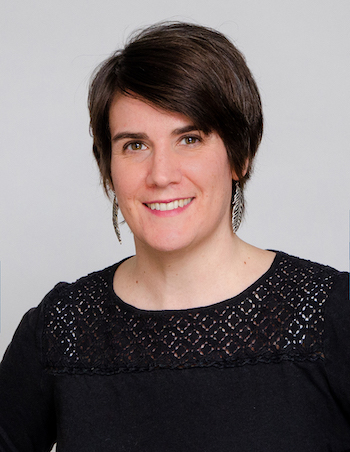Editor's Note: On July 6, 2025, Bob Mazer passed away peacefully, surrounded by his family, following a brief but courageous battle with cancer. Read more here.
Takeaways
- Consider menu pricing for some product categories like compact tractors that can quickly become complicated with the number of attachments and features available. Menu pricing simplifies the sales process as well as inventory management.
- When it comes to used equipment inventory management, have parameters in place for when something should go to auction to take the emotion out of the decision and help keep inventory levels manageable.
- Group chats like a Teams group between the parts and service departments can improve communication and improve technician efficiency by cutting down on the tech’s time away from their job.
At 18 stores, Mazergroup is the largest New Holland dealership group in North America. But its size alone isn’t what sets it apart or what caught the eyes of the Dealership of the Year judges. It’s the Brandon, Man.-based dealership’s focus on operational excellence, customer experience and employee development that earned the group Farm Equipment’s 2025 Dealership of the Year honors.
1994 is when Mazer Implements’ expansion began — an expansion that owner Bob Mazer says was always initiated by the seller.
Mazergroup
Founded: 1959
Employees: 421
Ownership: Bob Mazer (majority owner) and sons Jon and Andrew Mazer (10% each)
Executive Leadership: Bob Mazer, president & CEO; Wally Butler, CFO; Brad Tarr, VP of sales & marketing; Chris Finley, VP parts, service and precision technology; Karen MacDonald, VP people & culture
Locations: 18 in Manitoba and Saskatchewan
Revenue: $476 million (year ended March 31, 2024)
Marketshare: Cash crop 22.8%, livestock & dairy 12.0%, CE 4.4%
Absorption Rate: 72%
Major Line: New Holland
Shortlines: Akron, AMI Attachments, Bourgault, Farm King, Grainmaxx, Highline, Honda Power, JCB, Brandt, MacDon, Salford, Seed Master, Supreme International, Unverferth, Toro, Hyundai, Vaderstad
From that point on, he says, Mazer Implements added about a store a year for the next decade.
“It became clear that the future of the ag industry would be multiplexes to drive some economy of scale, to be able to distribute the used iron so you weren’t sitting in one location trying to distribute it all.”
With each of those additions, the merged dealerships shared resources but maintained their unique local identities. “Bob truly believes that model is how we grew with local owner/managers in partnerships,” says Wally Butler, CFO of Mazergroup.
Mazer says when it comes down to it, it’s the people in the business that were acquired that makes the difference. “We recognized early that buying a dealership, buying a building in a town with a name on the side of it wasn’t really anything,” he says.
“You had to have the people. So, recognize and understand how to deal with those people in the dealership — and make no mistake there was loyalty to the original owner.”
Coming Together Under 1 Brand
In 2009, all the locations officially rebranded under the Mazergroup name. And in 2010, the organization added a board of directors that has 4 outside advisors.
Prior to the rebranding, Mazer says they faced the challenge of each store operating in a silo. For instance, if the store Neepawa, Man., took a unit in on trade he wasn’t going to think about sending the unit 90 miles south to the Hartney store.

“That is absolutely deadly,” Mazer says. Then, when there is a difficult piece or something’s backed up in the marketplace, nobody wants to help.” Today, the dealership moves used equipment across all its stores — from its eastern most store in Steinbach, Man., to its western most store in Watrous, Sask. “That’s 9 hours of hard driving in a car,” he says.
Along with a name change and sharing used inventory, the rebranding brought about a switch in management structure.
While the opportunity for additional acquisition growth has presented itself, both Mazer and Butler say right now the focus is on ensuring they are running 18 performing stores.
Menu Pricing Streamlines the Sales Process
Mazergroup has implemented menu pricing for a number of product categories, such as compact tractors, ride-on mowers, zero-turn mowers and some hay tools. It has simplified the process. “Selling a compact tractor sometimes can be more complicated than selling a combine because there are so many attachments,” says Brad Tarr, vice president of sales & marketing.
“A customer typically that’s buying a compact tractor will come in and say, ‘Can you price me this? Price it with these 3 attachments, then price it with just these 2 or price it with just that 1,’ and it can get very complicated.”
Tarr says menu pricing allows the salespeople to simply go and sell. Mazergroup uses IronHQ, which assigns an opportunity number to each unit. Mazergroup has a booklet of all the menu priced units with an opportunity number associated with each. The salesperson then just has to type the opportunity number into IronHQ and the quote is already built for them, he explains. They can then load in a customer’s trade and other information, make a copy of the opportunity and then try and close the deal.
Not only has it made it easier on the salespeople, menu pricing has also helped Mazergroup be more consistent on what units it’s ordering.
“There’s no guesswork anymore about, ‘We think a customer needs this foo-foo valve and these fuzzy dice,’ because we’re really tailoring those orders to help our inventory turn situation, and menu pricing has been critical to that. But in addition, it’s shortening up the variation of machines,” says Wally Butler, CFO.
Tarr says when it comes to ordering, they will look at years past and what menu priced items were the first to go and what were the stragglers.
“Right now the focus is on improving the performance and growing the business of the 18 stores,” Mazer says. “Then, when we’re ready, we can grow again if we want to.” That said, he recognizes that some additional levels of management will need to be added in if the operation were to get much larger. “The question then is how much of the Mazergroup way or culture are you going to lose?”
In terms of management structure, Mazer has 4 vice presidents under him — Butler, CFO; Brad Tarr, VP of sales & marketing; Chris Finley, VP of parts, service & PLM; and Karen MacDonald, VP of people & culture. From there, there are directors and then department managers at the store level.
Setting Targets
When it comes to setting sales targets, Mazergroup starts with each salesperson. Each has specific sales targets by product, explains Tarr. “We go as deep as new and used for each product,” he says. “We have average selling prices that we set based on prior years and what we think the market’s going to be. We also do that with margins.”
From there, sales targets are set by location and region, and that ultimately rolls up into the complex, Tarr says.
He has an idea of what each location should look like for volume. There can be instances after setting the salespeople targets that Tarr needs to go back to the regional sales managers to adjust the target. “Sometimes we have to go back a couple of times just saying, ‘You’re either overshooting the market or you’re not high enough,’” he says.
In determining those targets, Tarr also looks at market data to help him and the team determine if they think the marketplace is going to be up, down or flat.

To help increase shop efficiency and limit extra time and steps for the technicians, the Mazergroup service techs and parts employees are part of a Teams group for quick communication. Each technician has a laptop at their work bay with the group open. A parts employee will then walk the needed part out to them. The parts department will also conduct shop walk throughs to check in with the techs on any items they might be out of at their stations. Kim Schmidt
“We set goals by product categories because our manufacturers have expectations of us for cash crop, dairy, livestock, lite construction,” he says. “They have a goal that they need us to hit. And so again, we look at each product category, we say, ‘OK, this store based on their market, they need to be 20% or 10%, or to try to come up with a complex number.’”
It can get complicated, however, with market share being the toughest piece of the puzzle. Tarr says Mazergroup pre-sells almost 100% of its cash crop equipment 12 months in advance. “We make assumptions on the market, we sell a certain amount, and then we hope for the best, really. That’s all you can do, you don’t know what the competitors are going to do in the market.”
Expanding on that, Tarr says if Mazergroup sold 100 combines and assumes it will get 25% market share based on the assumption that the market will be at 400 combines, and then the market goes up to 500, the dealership can’t pivot on that. “There’s nothing we can do at that point because we’re 100% pre-sold. That’s probably the biggest challenge.”
Dealership of the Year Video Series
Exclusive video interviews with the Mazergroup executive leadership team filmed on location
- The Benefits of Menu Pricing
- 0-365 Used Inventory Targets
- Setting Sales Targets by Product Category
- A Necessary Change in Management Structure
- The Importance of Good Leadership
- The Importance of Customer Experience
- Shifting the Parts Department Culture
- And more…
Access this exclusive content at Farm-Equipment.com/0725
For about 5 years now, Mazergroup has been strictly ordering cash crop equipment — like combines and 4WD tractors — based on pre-sales and not ordering any for stock. “Terms are too short, interest is too high to order stuff on speculation. That’s a $1 million invoice. It just doesn’t pass along,” Tarr says.
Butler says in Mazergroup’s move to achieve store-level excellence, the sales team puts a lot of effort into not just achieving a number by store but drilling down into each customer segment (livestock, dairy, cash crop, light construction, etc.). “Now, we are comfortable as an organization where we’re at overall in cash crop, but where else can we become more diversified and grow our business,” he says.
“Each of those targets Brad talks about are at that level and it’s line items. It’s that level of detail by the quarter.”
“We’re trying to get the parts department to think about shop efficiency, which is a mindset change…”
From a financial reporting standpoint, Mazergroup structures its reports by product category not brand. Whereas some dealers are looking at how much was sold for New Holland or Bourgault and other shortlines and then how much new and used, Butler says Mazergroup looks at it in terms of product categories, regardless of brand. For instance, how many combine headers were sold, which could be New Holland or MacDon headers.
When it comes to targets for the individual salespeople, Jon Mazer, sales director for the Saskatchewan territory, says while overall results are tracked in dollars, the sales targets are set by the number of units each individual needs to sell. The increasing dollar value of equipment necessitates continuous adjustments to budgets and targets, he explains.
Used Equipment Management: 0-365
Mazergroup has a mantra — 0-365 days. That means 0 inventory that is over a year old. After years of closing the gap, the sales team achieved it March 31, 2024 (the end of Mazergroup’s fiscal year).
“A combination of all those measures and targets have kept us in good stead for inventory management,” Butler says.
Tough conditions made hitting 0 challenging this past year, but the sales team did come within spitting distance of the goal with about 35 units left, which averages out to about 2 pieces per store.
Butler adds that while it may be painful to send used inventory to auction — which is how Mazergroup ultimately cleared out its remaining used inventory in March 2025 for its fiscal year — sometimes the situation isn’t going to get better.
Tyler Roberts, sales director for the Manitoba stores, says when it comes to auctions, they focus on competitive units. “Sometimes we fool ourselves into thinking we bought them cheap enough and they’ll move,” he says. “Most of the time, if we took 6 combines on trade from a competitive owner, we typically move 1 or 2 and then get stuck with the other 4 or 5.”
To combat that, Roberts says anything that comes in on trade that isn’t a Mazergroup brand he tries to price at a level that it can get sent to auction and flush it out of their system. “That’s going to help turn inventory more quickly than just crossing our fingers.”
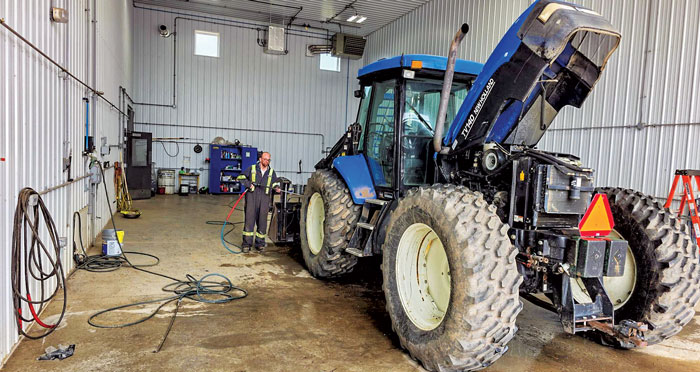
Mazergroup has a policy that any equipment that comes in for a multi-day repair gets a complementary cab clean. “We want it to go out in a better condition from a cleanliness standpoint than it came in,” explains Chris Finley, vice president of parts, service and precision technology. “That’s been a really good thing; people just really appreciate those little things that you’re doing to show that we appreciate their business.” Mazergroup
Roberts also works with dealers who sell other brands to move equipment around. When it comes to pricing equipment he sells to other dealers, Roberts says he relies on Iron Solutions’ guide book pricing to make it fair for each of them.
Part of the regional sales managers compensation is inventory based, Tarr says. “At the start of each year, we give each regional manager their list, and even though we share used inventory, we say, ‘OK, we want this clean by year-end,’” he says. “Most of them, if you go into their office and swing their door open, you’ll see on the back of their door a list and every time they sell something, they’re striking it off.”
To get a jump start on this year’s used inventory, Roberts says they put programming together earlier than usual. He says they’ve added some additional interest waivers. “We’ll cover the cost of buying that waiver as basically a discount to help push some inventory. We are seeing customers are looking for longer interest rate periods at the moment,” he says. “With interest rates where they are vs. where they were 3-4 years ago, it’s becoming pretty critical now.”
The 2025 Dealership of the Year program is sponsored by Associated Equipment Distributors (AED).
AED is the leading association in North America for the equipment distribution industry — representing companies involved in the distribution, rental and support of equipment used in agriculture, construction, forestry, mining, power generation, rental, cranes, material handling, and other industrial applications.
Explore the AED Upcoming Events lineup, which includes conferences, such as the Leadership Conference, Women in Equipment Conference, and Policy Conference and the largest event strictly focused on the equipment distribution industry, AED Summit. Contact AED for more information about how you can register for these events.
Read about Mazergroup, Brandon, Man.
Read about Lowe & Young, Wooster, Ohio




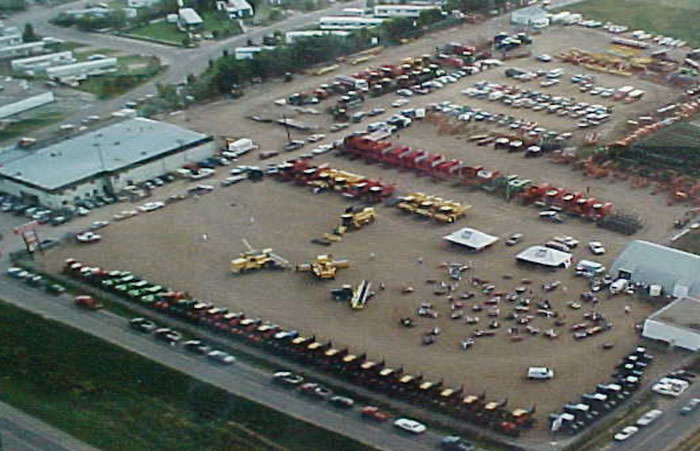
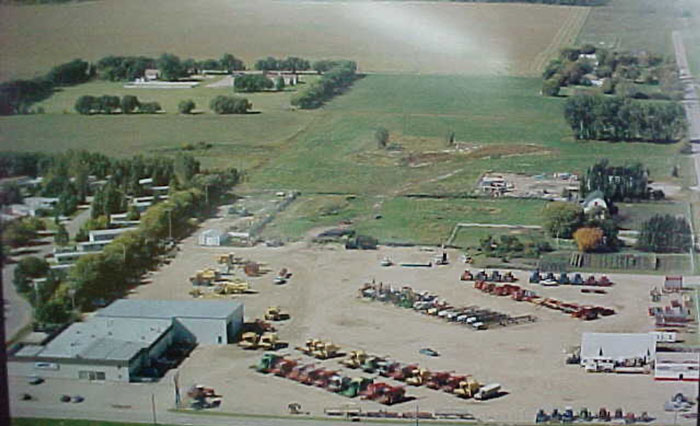
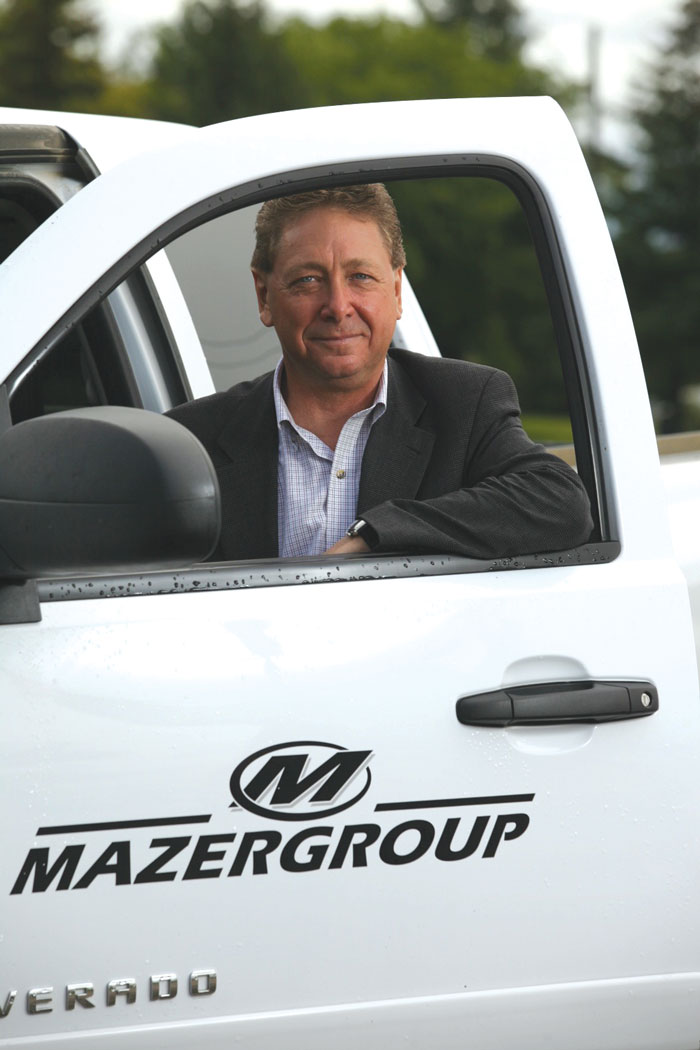
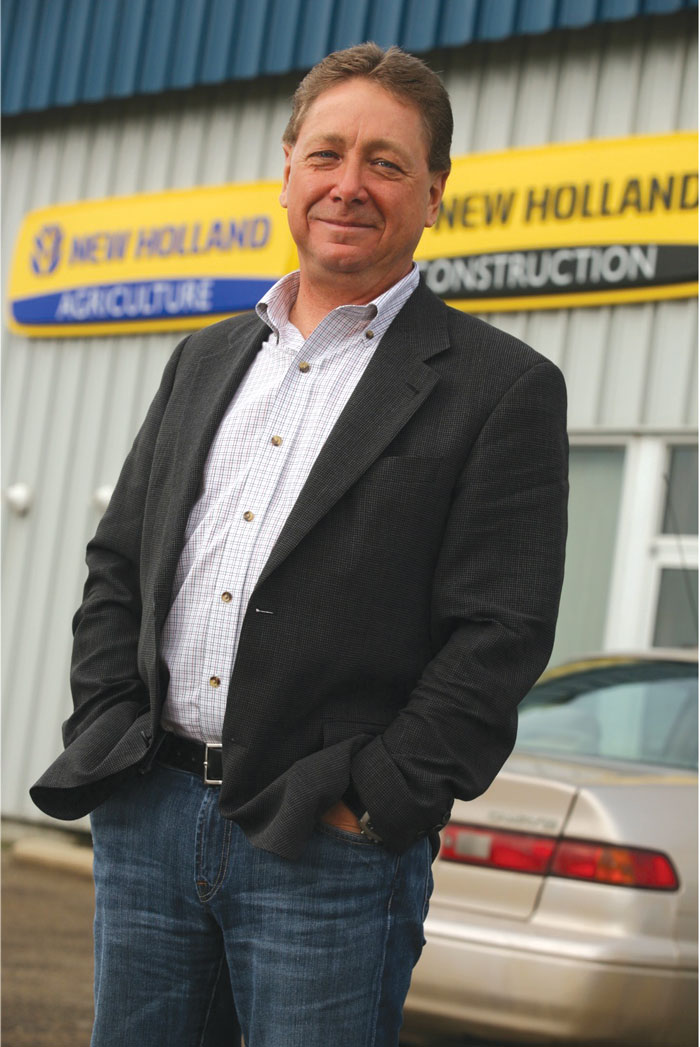
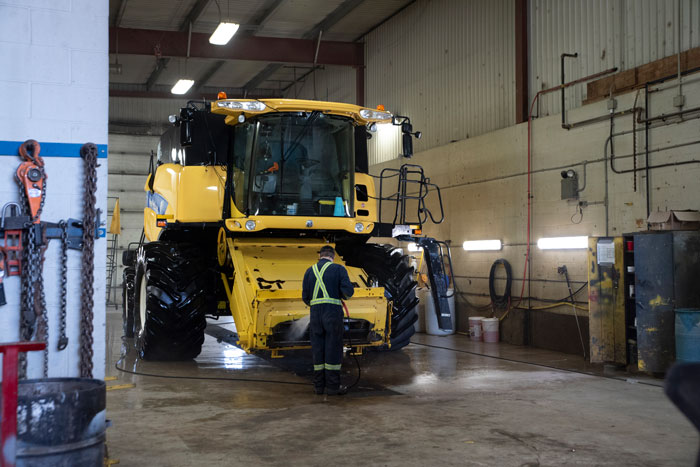
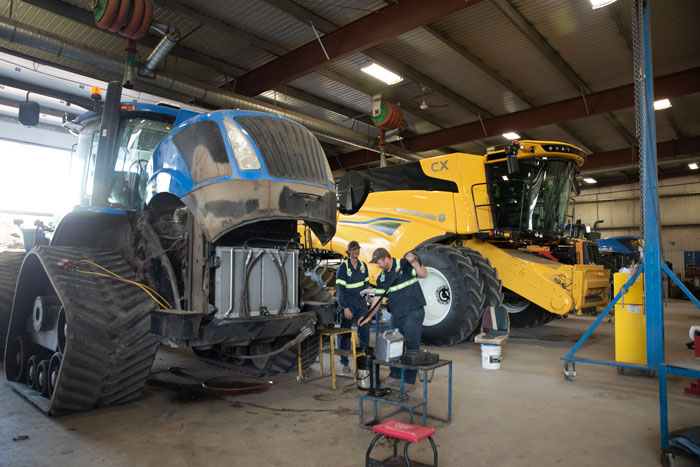
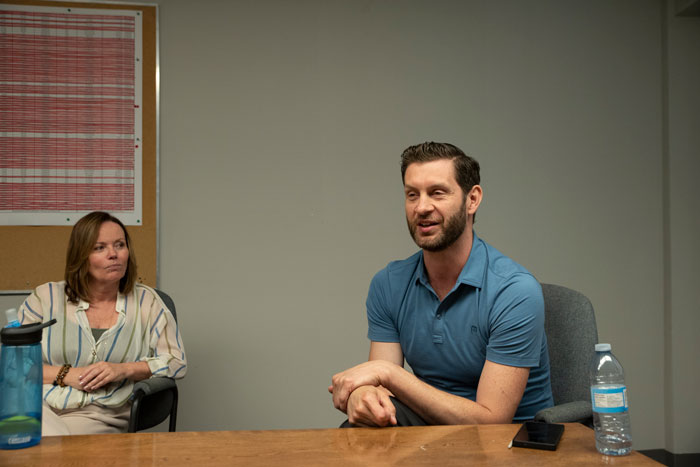
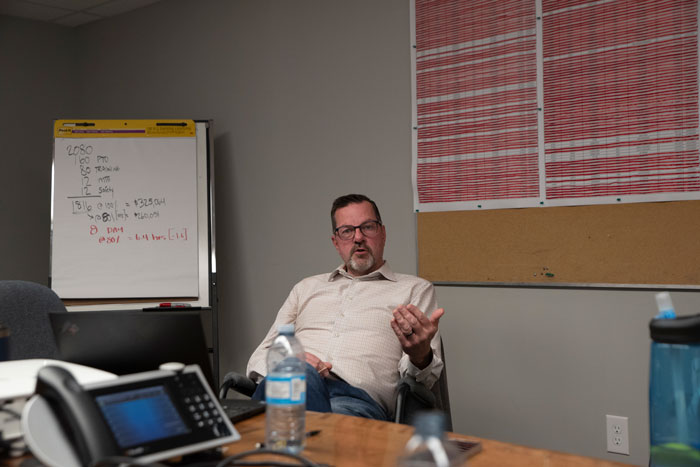



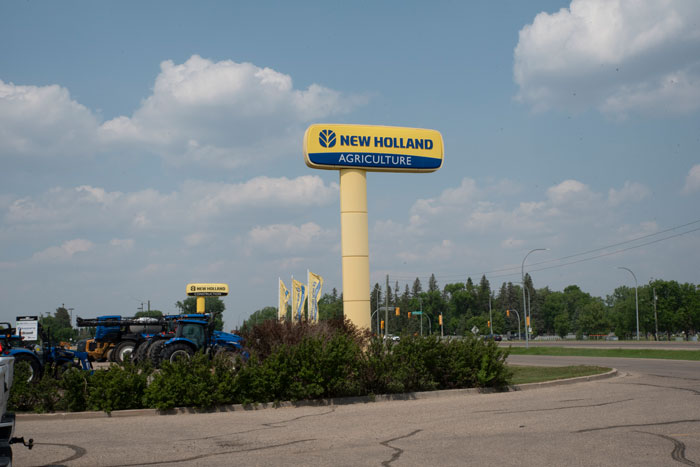
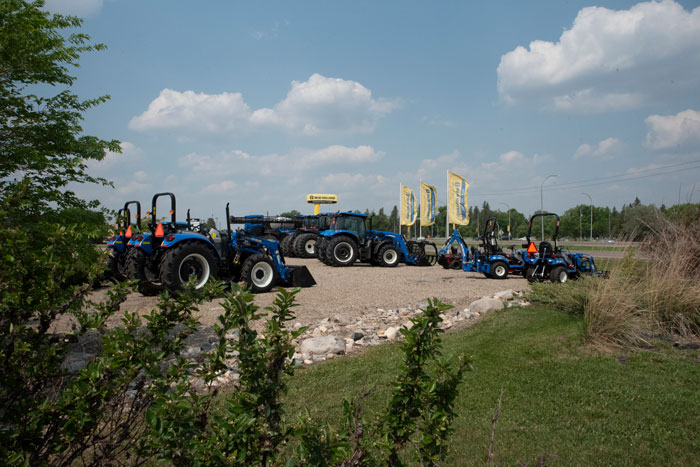




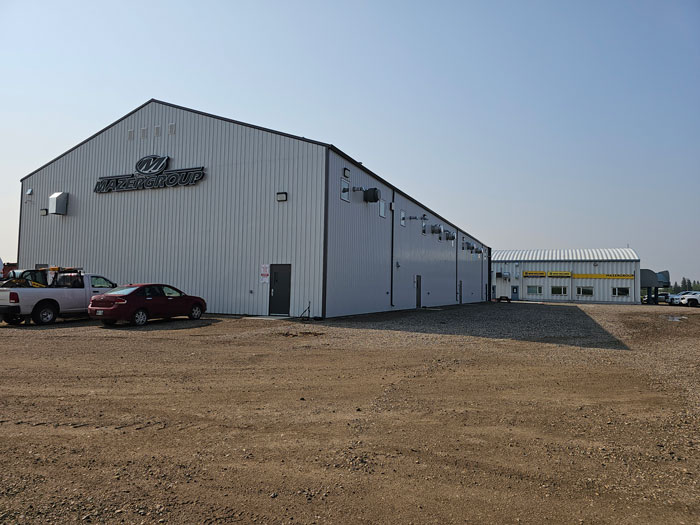

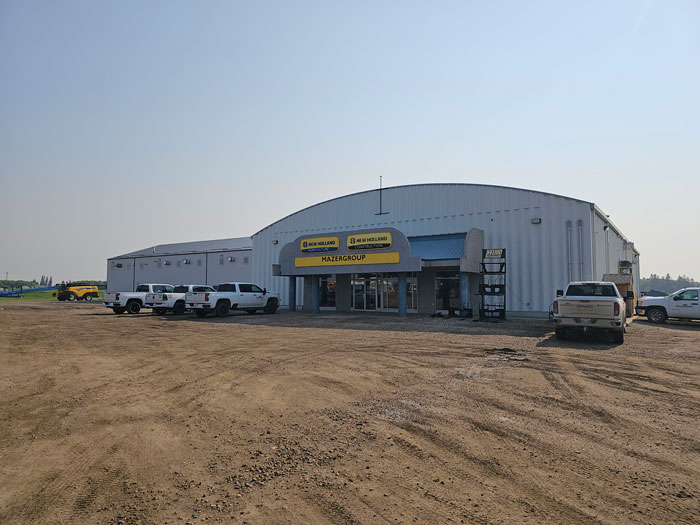
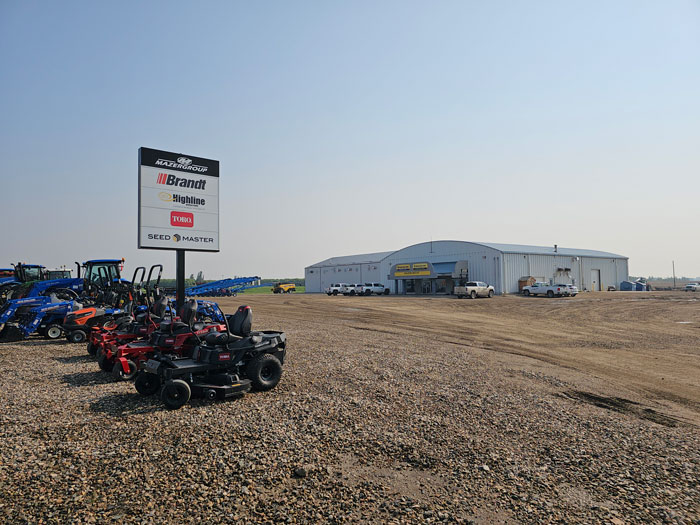
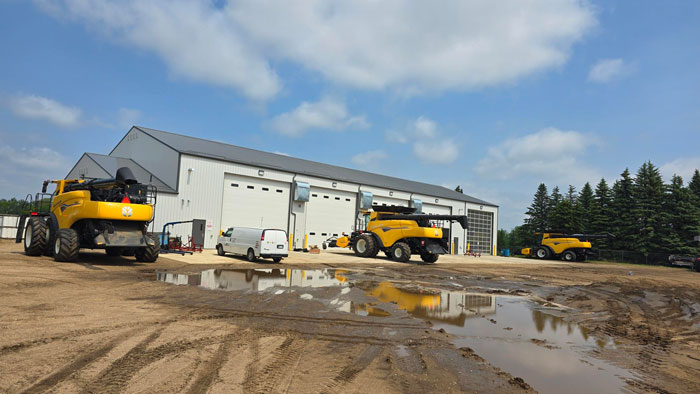
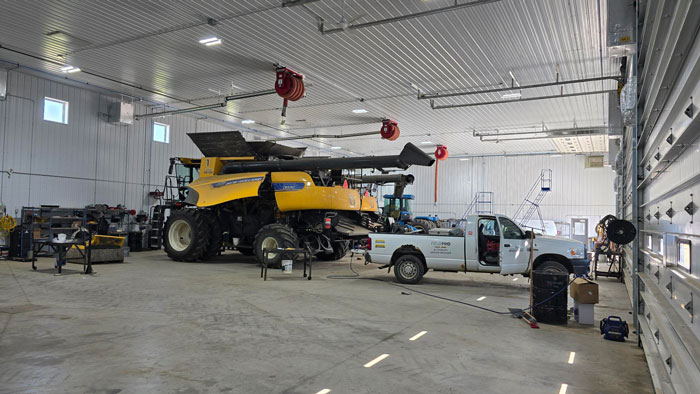
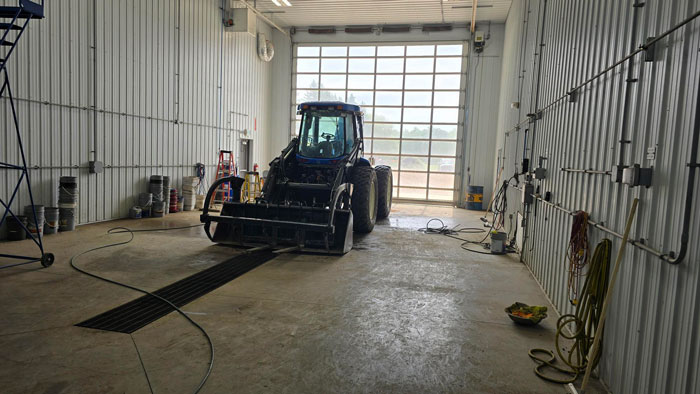



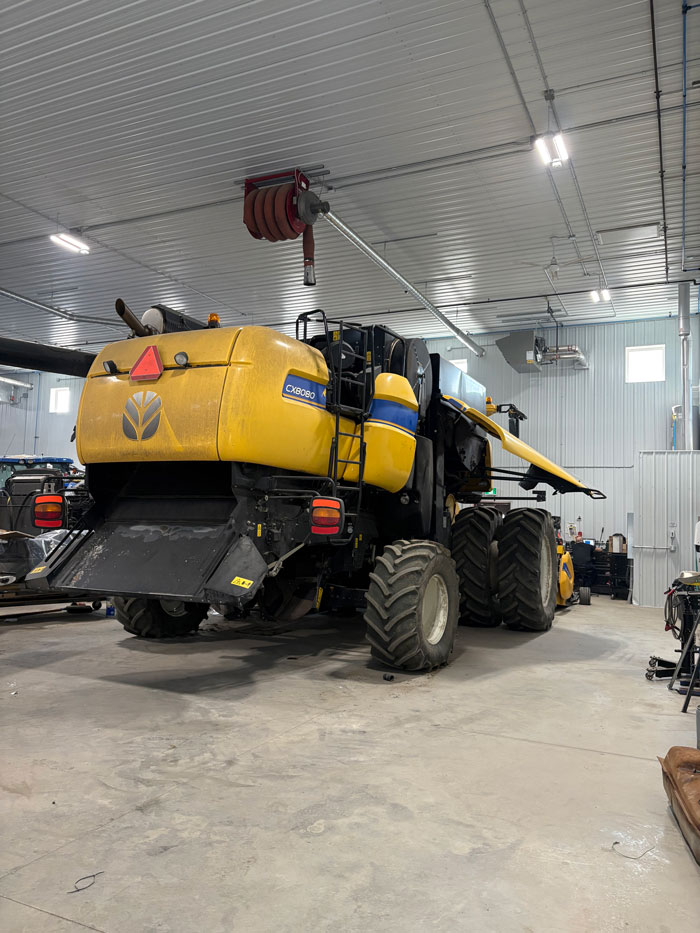

.png)
